Tour Xi'an's remarkable new 'human-centred' shopping district with designer Thomas Heatherwick
Xi'an district by Heatherwick Studio, a 115,000 sq m retail development in the Chinese city, opens this winter. Thomas Heatherwick talks us through its making and ambition
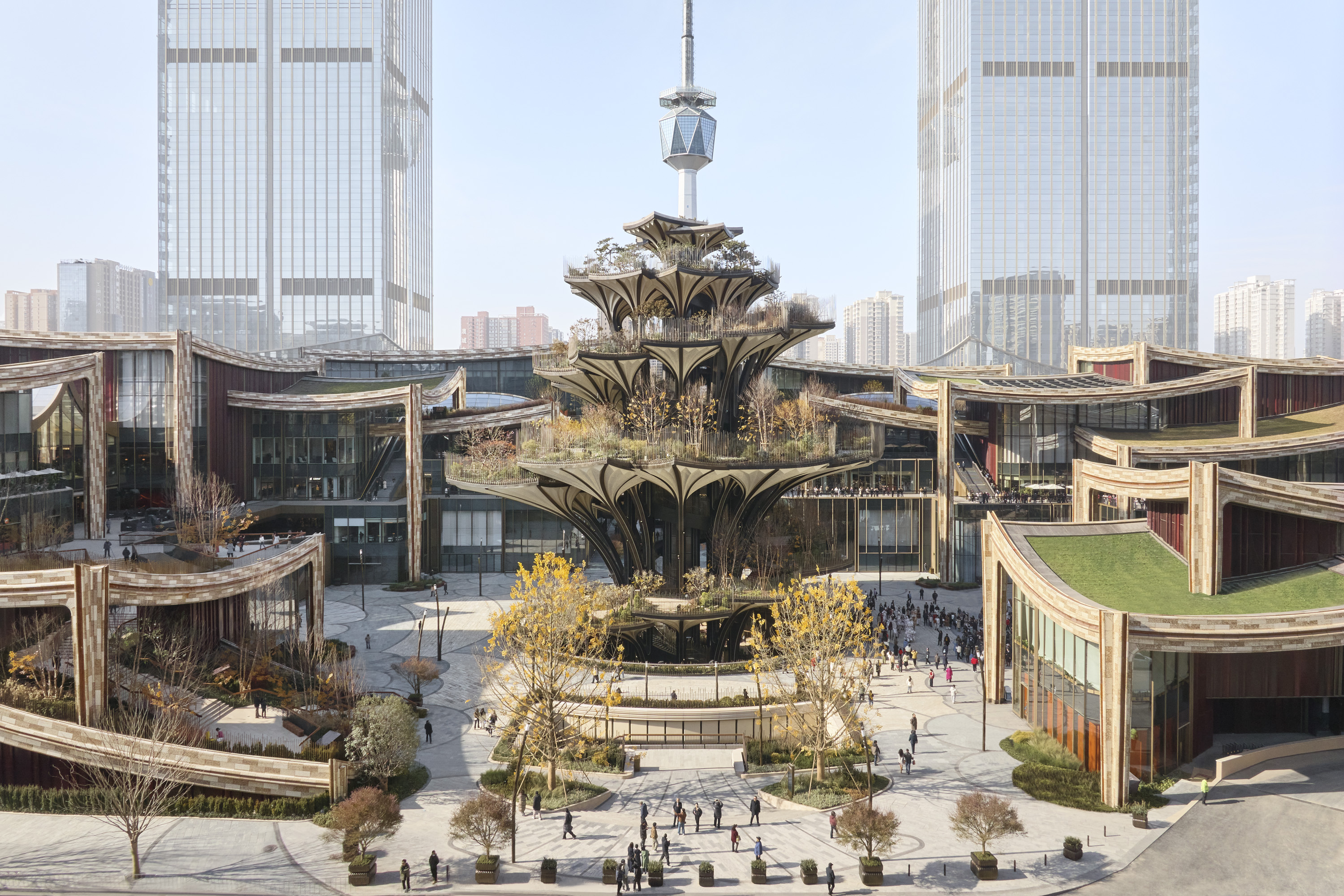
Just walking into Making House, the building near London’s King’s Cross that has housed Heatherwick Studio since 2023, offers insight into the studio’s newly completed project: a 115,000 sq m retail development in Xi’an, the storied industrial metropolis of 12 million in central China. It also tells you much about the philosophy of 54-year-old founder Thomas Heatherwick.
‘[The studio’s approach] is a human-centred approach,' says Heatherwick as he welcomes me to the cavernous yet cosy space that allows glimpses into his universe and his take on compositional storytelling; there are models of projects large and small, as well as a full-size recreation of the rear of his 2011-designed Routemaster double-decker bus.
At Xi’an CCBD (Central Cultural Business District), the need to create a varied narrative within the landscape is equally evident – only here, it’s on an urban scale. Ceramic-clad buildings containing shops, restaurants, and offices nestle and interlock, arranged among manicured gardens and terraces.
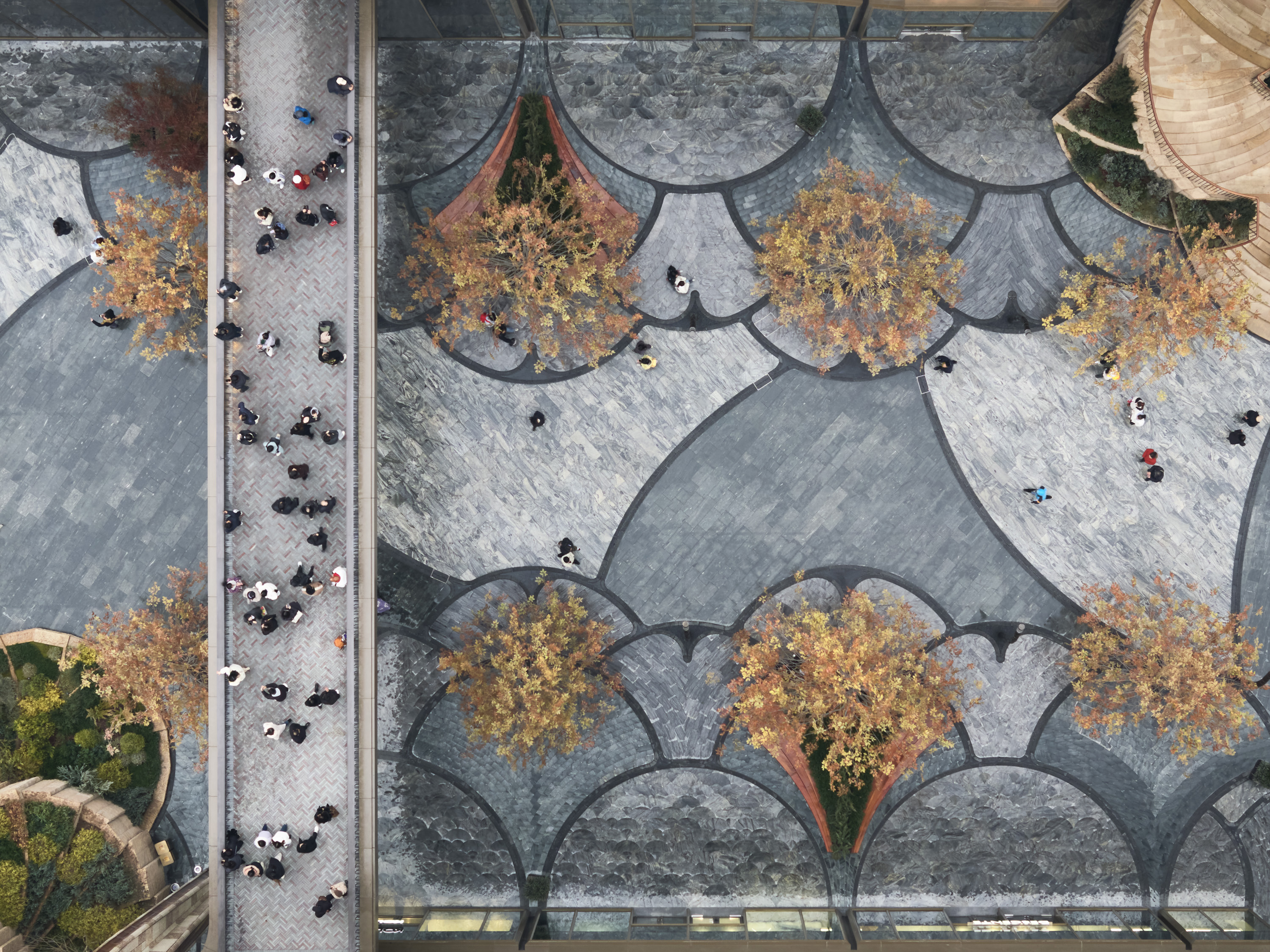
Xi’an’s new district by Heatherwick Studio
So, is it possible to define a 'Heatherwick effect' from London to Xi’an? 'The general prevailing sense amongst almost everyone I speak to in the public is that we’ve had a real catastrophe of city making, in terms of making places,' he says. Behind him, wooden models and a retained brick wall contrast with glass, metal, and the aforementioned shiny red bus, while Persian-style rugs of varying size and condition are fixed to the floor.
Now, in his trinket-laden office, it’s clear Heatherwick is committed to ornaments with a story; he has always, unashamedly, loved aesthetic expression. Nowadays, however, he is keen to point out that this defence of decoration is not for its own sake. Heatherwick’s 2023 book Humanise: A Maker’s Guide to Building Our World puts forward a simply phrased manifesto, admonishing 'boring' and 'inhumane' buildings in favour of designs that draw attention, create intrigue, and ultimately spark joy.
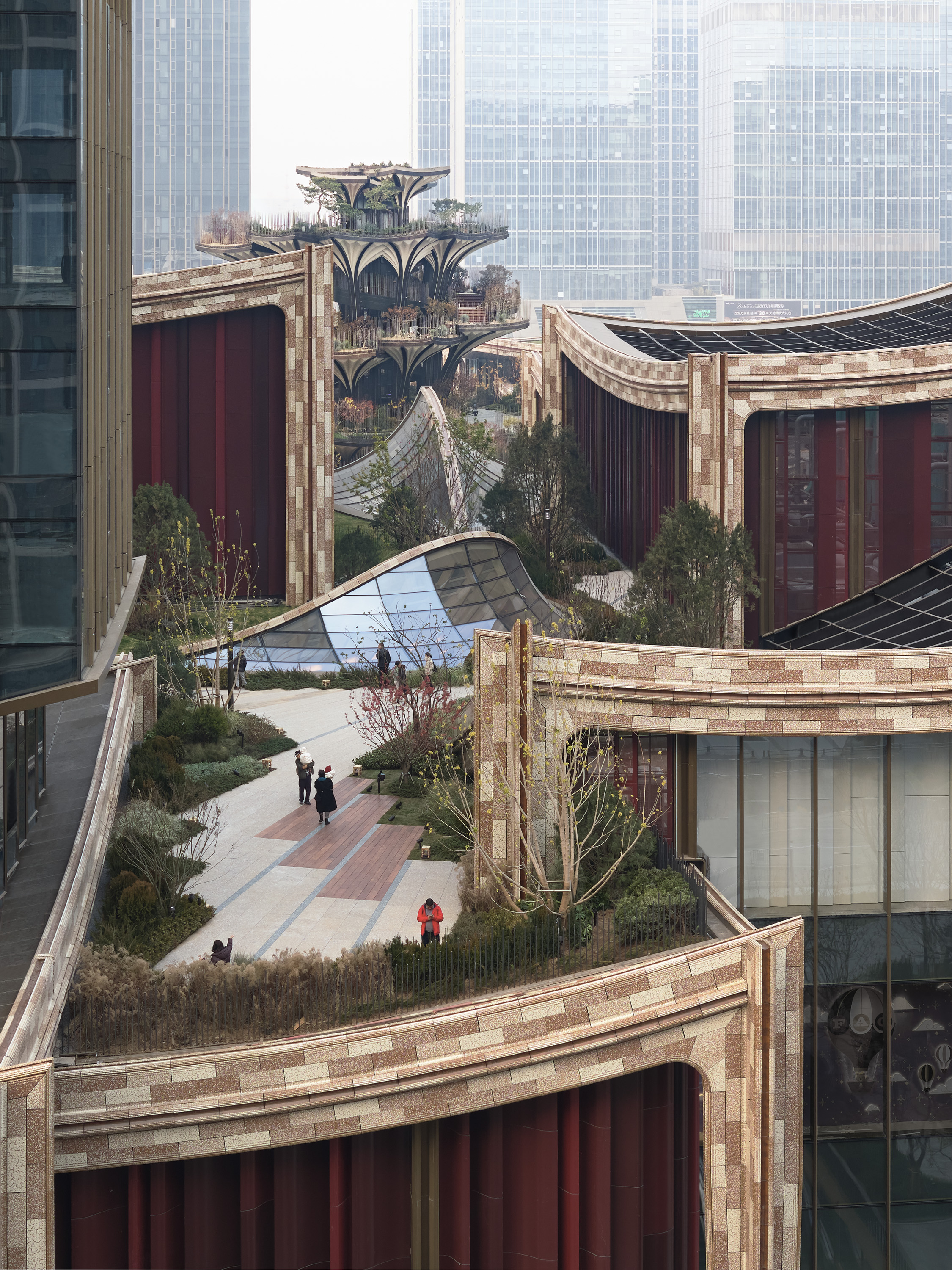
‘I'm not actually interested in shopping at all. What I'm interested in is what brings people together’
Thomas Heatherwick
Heatherwick’s energy and fervour on this topic is palpable, but he acknowledges he hasn’t yet answered the question that brings the conversation back to Xi’an. 'The [Humanise] book is codifying and clarifying lessons learned over the last 30 years,' he says in a convincing last plug for the publication. 'We can only look at Xi’an CCBD as part of a journey of trying to explore how to make public-facing projects that might engage people more.'
A crucial part of this public engagement – and fitting neatly into the Humanise philosophy – is adding visual complexity to the design of buildings, especially their exteriors. 'I learned a lot from really good property developers,' he says frankly. 'Developers who need to make something that will have long-term value.' Having built expertise through collaborations with top developers in Singapore and Hong Kong, the studio has gained priceless customer feedback. 'It gave us enormous insights into human behaviour,' says Heatherwick.
Receive our daily digest of inspiration, escapism and design stories from around the world direct to your inbox.
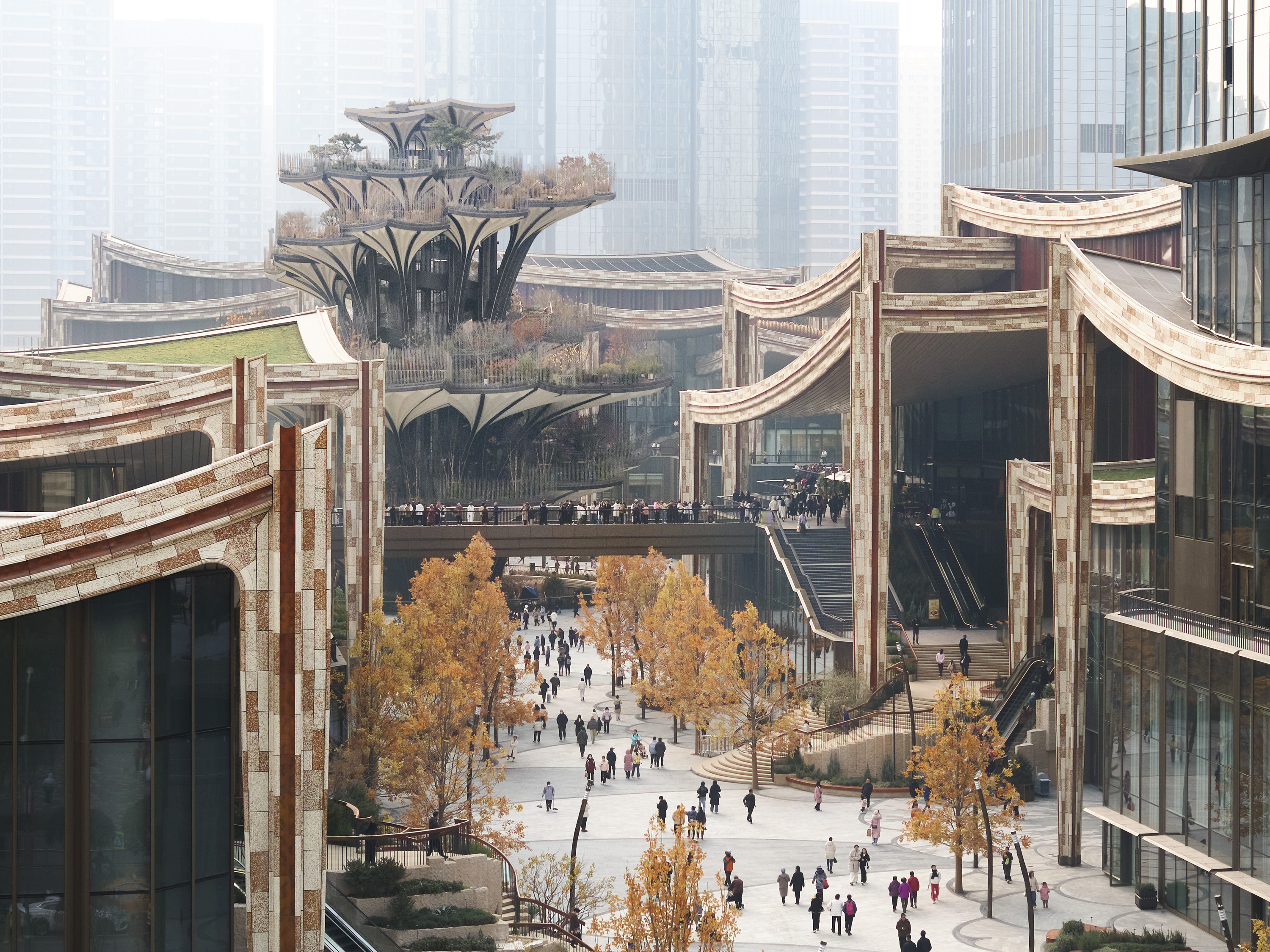
Perhaps the most striking of Xi’an CCBD’s many purposeful quirks, curves, and kinks is the glazed ceramic tiling. For Heatherwick, more than a nod to the area’s ancient manufacturing traditions and its famous Terracotta Warriors, the ceramic samples on display in his office celebrate material imperfections and add the complexity our brains crave.
However, Mat Cash, lead architect for the Xi’an project, demonstrates that the material selection was about more than emotion. 'The use of ceramics was made feasible by the scale of the project, which allowed mass production of bespoke elements.' In an effusive yet practical tone, the partner at Heatherwick Studio of 18 years distils the nuts and bolts of creating Xi’an CCBD: 'The design embraced imperfections as a cost-effective, sustainable, and visually engaging approach.'
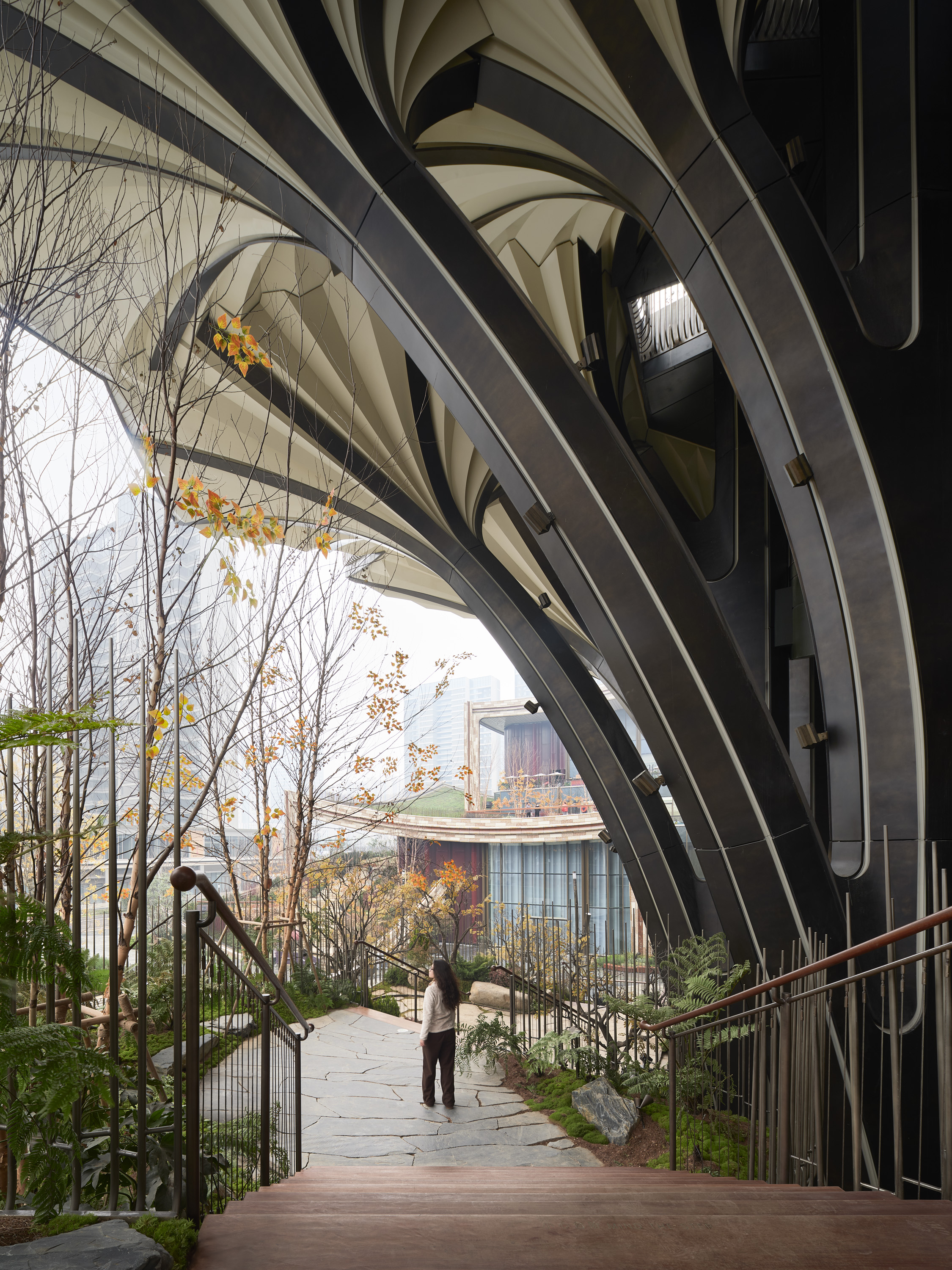
For Cash, part of the formula has to be a good client, and he praises developer CR Land for its openness to innovation. 'They had this incredible thirst to build mock-ups,' the architect admits. 'Almost more than we did… They were going, “OK, let’s build a bit of it, let’s build a bit of it…” really pushing us.' The result is a richness drawn from visible workmanship throughout the project; structures are encased in beautifully hued, glazed fragments.
‘The design embraced imperfections as a cost-effective, sustainable, and visually engaging approach’
Mat Cash, lead architect of Xi’an CCBD
Back at Making House, displayed alongside the models are glazed ceramic casings that surround the lift buttons at Xi’an CCBD. They are large and sculptural, almost font-like in appearance, much grander than a humble button would deem necessary. 'You can't afford to make everything all around you be special and bespoke,' says Heatherwick, referring to the cast ceramic object. 'But you can focus love on certain bits and things like lift buttons in moments where everyone touches them and there's an engagement.'
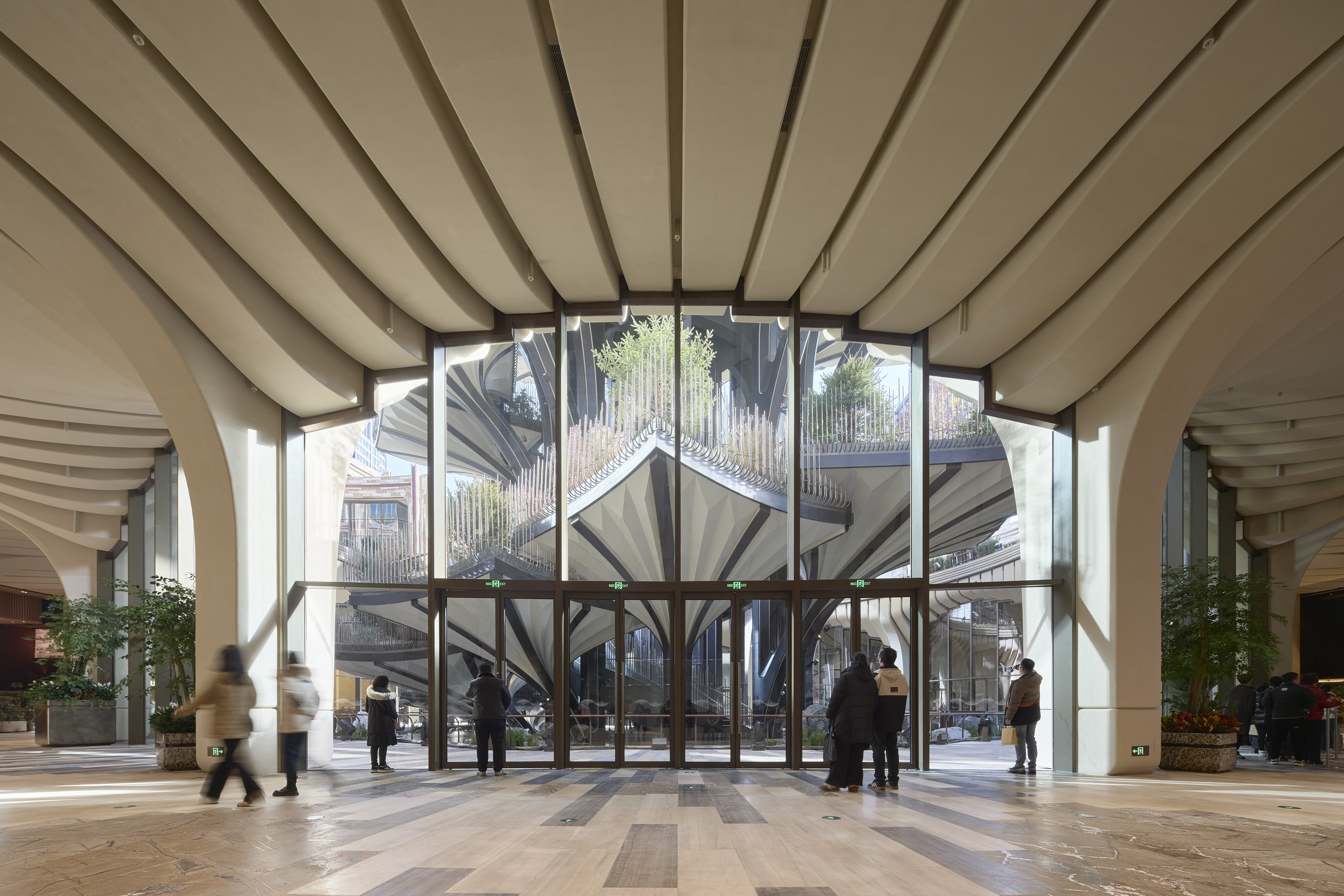
Considering that the Xi’an project is predominantly retail-oriented, Heatherwick holds no punches when he says, 'I'm not actually interested in shopping at all.' Turning back to the core tenet of the Humanise book, he continues: 'What I'm interested in is what brings people together.'
As earnest as this mission might be, in the cultural and economic context of the so-called ‘death of the mall’ in America and China’s own bursting property bubble, Xi’an’s patchily glazed CCBD begins to make imperfect sense. In fact, project lead Cash argues that the development could be a model for the future of retail and urban design, creating a modern heritage that adds value to the city. 'These projects can become the most successful by creating places that the public wants to be in.'
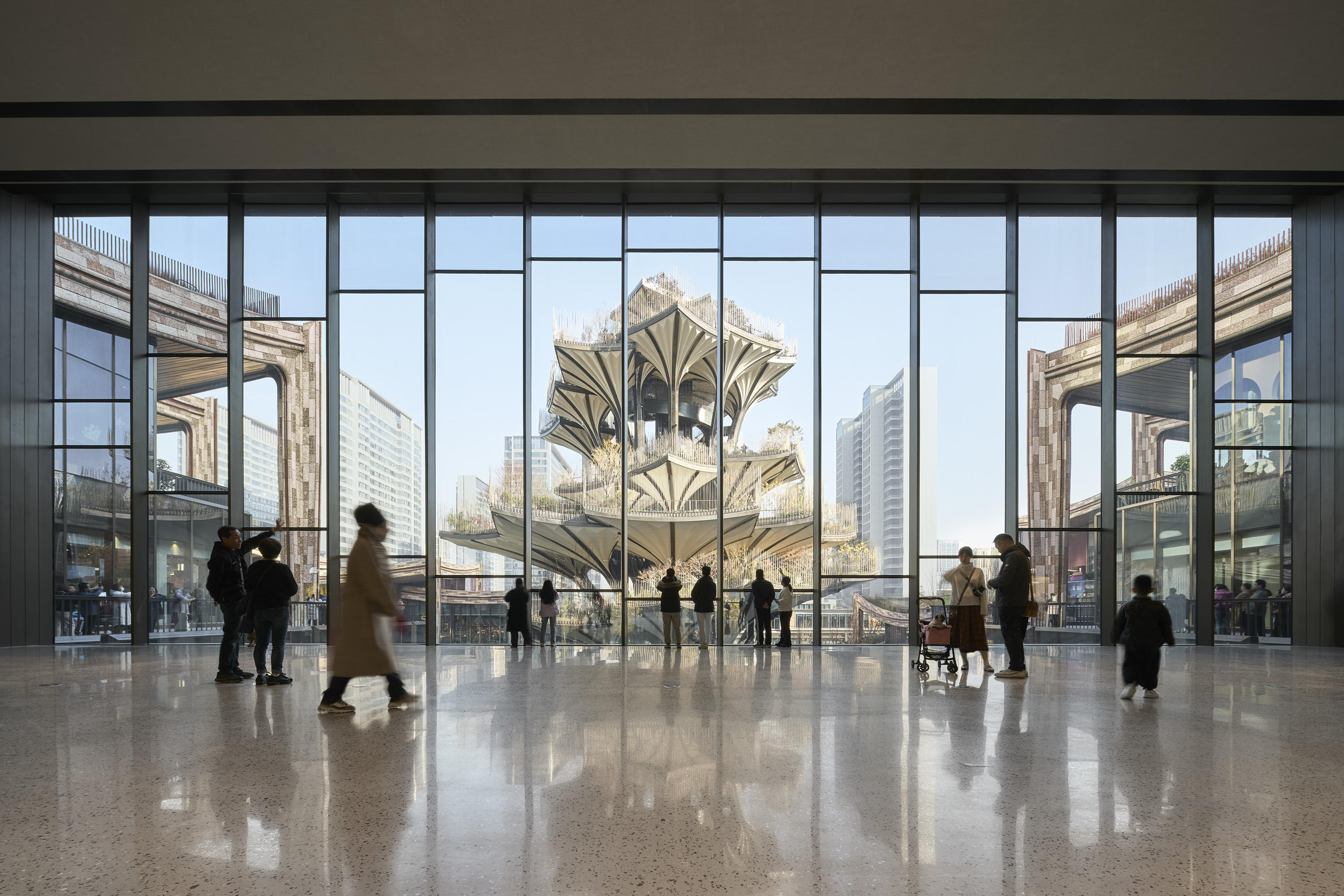
By designing joy, complexity, and an imbued sustainability into every detail and materiality, the project offers a compelling vision for how architecture can better shape the most commercial and economically volatile parts of our cities. Back at his office, Heatherwick reflects on those ceramic lift button casings: 'Even if you hate them, you'll know that they're special and particular, and those glazes too, they’re just so fascinating.'

David is a writer and podcaster working (not exclusively) in the fields of architecture and design. He has contributed to Wallpaper since 2022 when he wrote about the late, postmodernist architect and founder of the Venice Architecture Biennale - Paolo Portoghesi reporting from his home outside Rome. In 2024, David launched Arganto - Gabriele Devecchi Between Art & Design, a podcast exploring the life and legacy of this Milanese silversmith and design polymath.
-
 A day in Ahmedabad – tour the Indian city’s captivating architecture
A day in Ahmedabad – tour the Indian city’s captivating architectureIndia’s Ahmedabad has a thriving architecture scene and a rich legacy; architect, writer and photographer Nipun Prabhakar shares his tips for the perfect tour
-
 You can now stay in one of Geoffrey Bawa’s most iconic urban designs
You can now stay in one of Geoffrey Bawa’s most iconic urban designsOnly true Bawa fans know about this intimate building, and it’s just opened as Colombo’s latest boutique hotel
-
 Pentagram’s identity for eVTOL brand Vertical Aerospace gives its future added lift
Pentagram’s identity for eVTOL brand Vertical Aerospace gives its future added liftAs Vertical Aerospace reveals Valo, a new air taxi for a faster, zero-emission future, the brand has turned to Pentagram to help shape its image for future customers
-
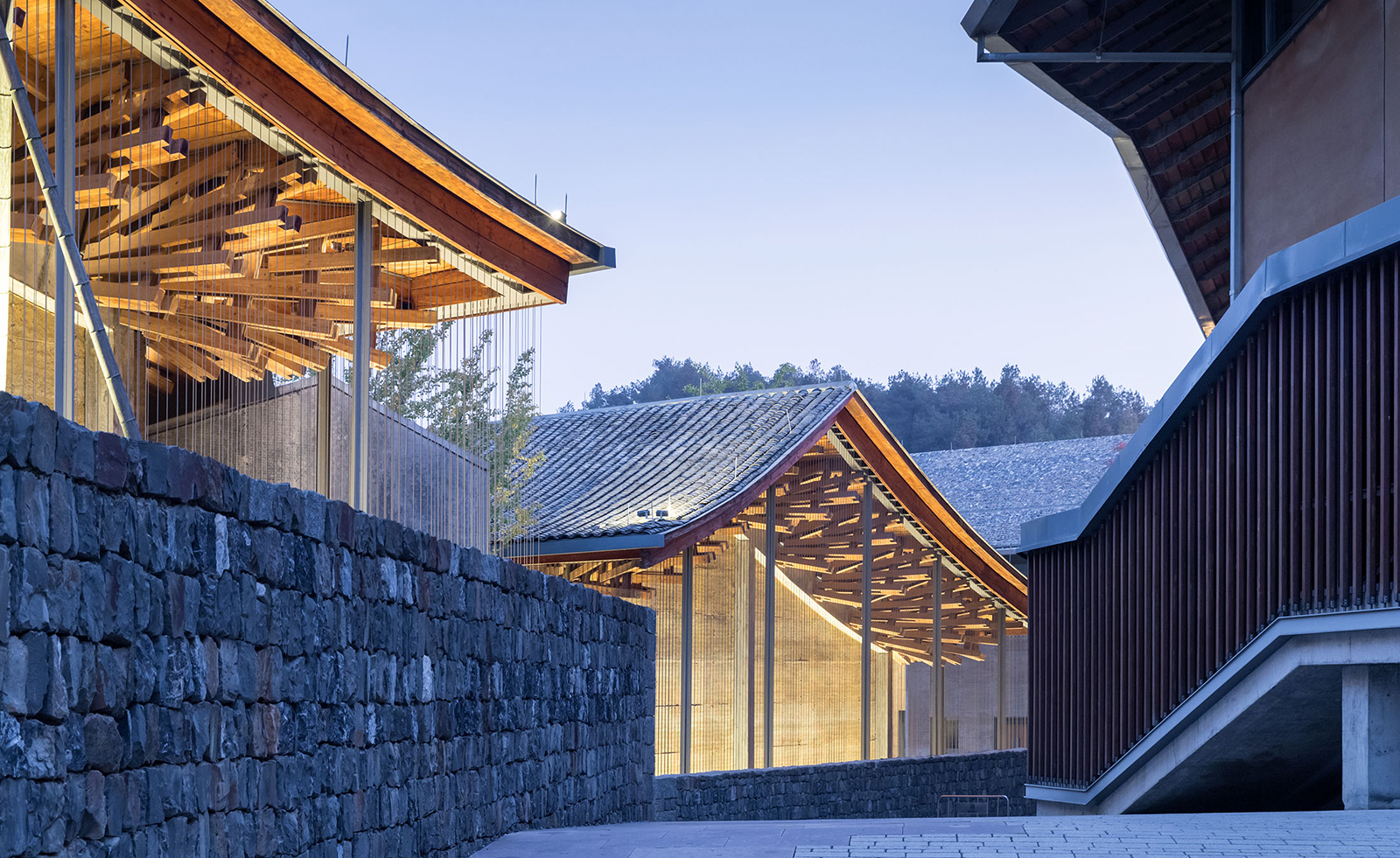 Wang Shu and Lu Wenyu to curate the 2027 Venice Architecture Biennale
Wang Shu and Lu Wenyu to curate the 2027 Venice Architecture BiennaleChinese architects Wang Shu and Lu Wenyu have been revealed as the curators of the 2027 Venice Architecture Biennale
-
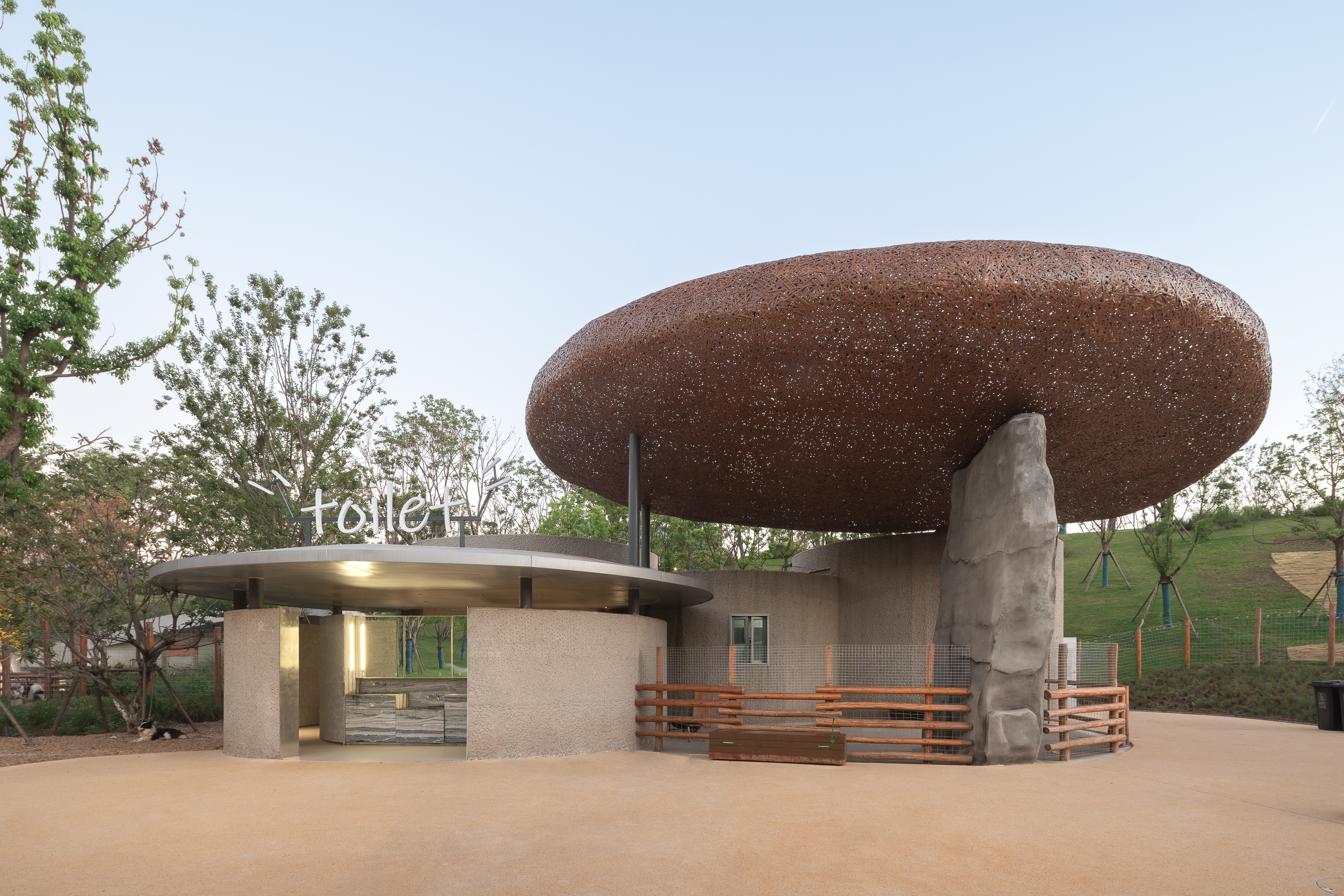 Tour this Chinese eco-farm, an imaginative wonderland connecting visitors with nature
Tour this Chinese eco-farm, an imaginative wonderland connecting visitors with natureLuxeIsland Farm by Various Associates is an eco-farm and visitor attraction in China’s picturesque Wuhan region; take a stroll across its fantastical landscape
-
 Thomas Heatherwick's 2025 Seoul architecture biennale calls for ‘radically more human’ buildings
Thomas Heatherwick's 2025 Seoul architecture biennale calls for ‘radically more human’ buildingsThe 2025 Seoul architecture biennale launches in the South Korean capital, curated by Thomas Heatherwick, who argues for creating buildings in tune with emotion, 'the thing that drives us'
-
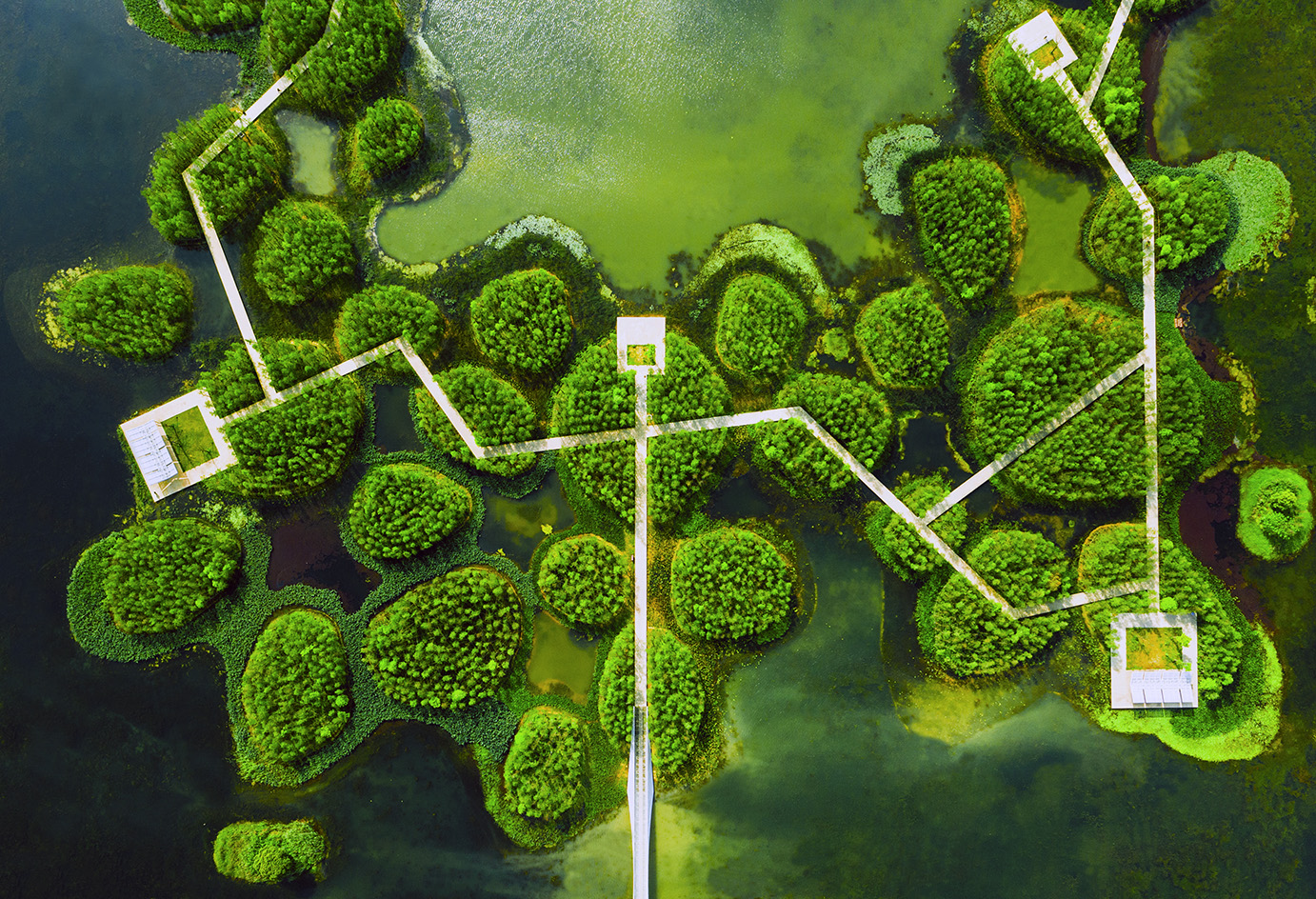 Honouring visionary landscape architect Kongjian Yu (1963-2025)
Honouring visionary landscape architect Kongjian Yu (1963-2025)Kongjian Yu, the renowned landscape architect and founder of Turenscape, has died; we honour the multi-award-winning creative’s life and work
-
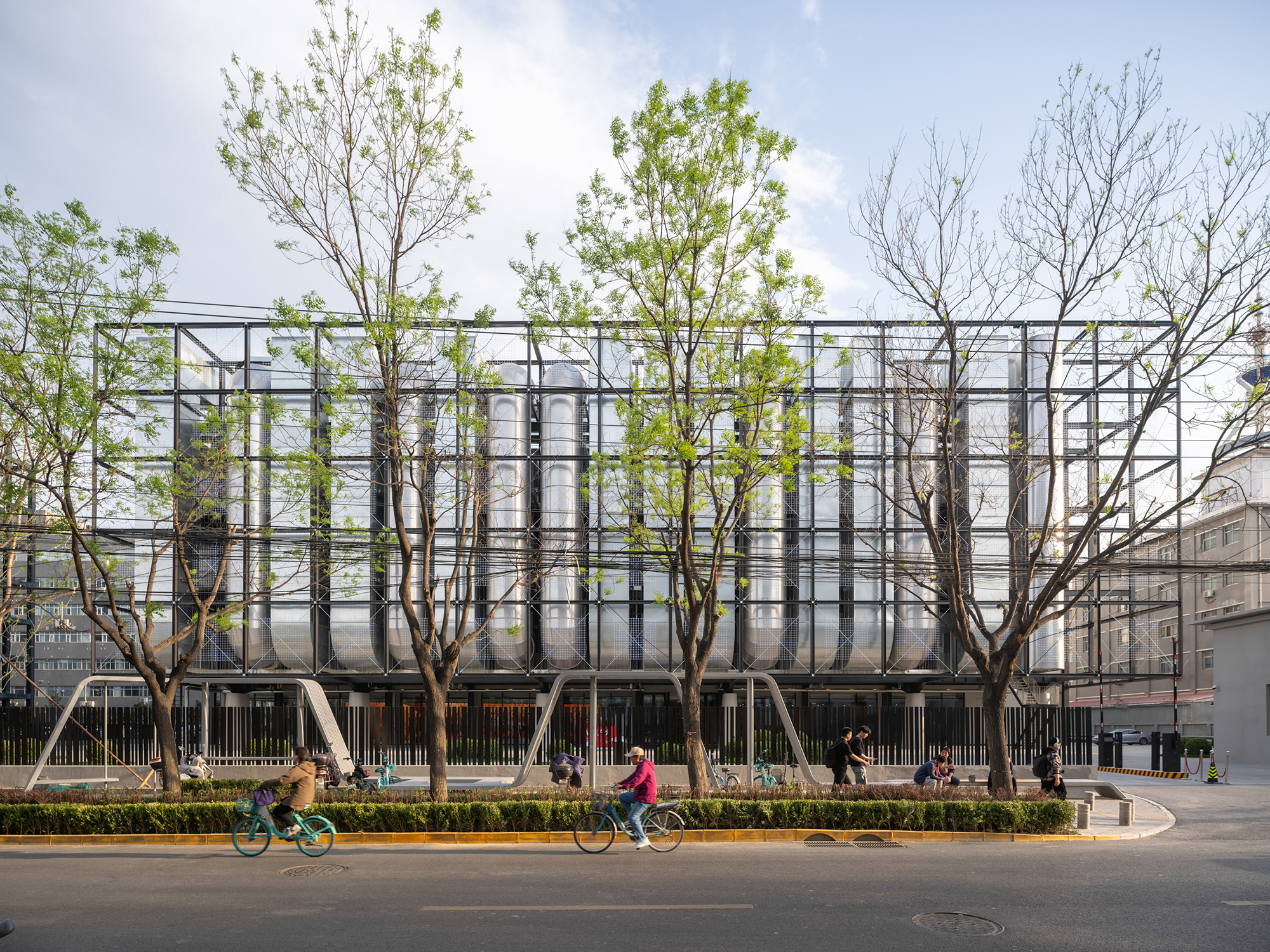 A new AI data centre in Beijing is designed to evolve and adapt, just like the technology within
A new AI data centre in Beijing is designed to evolve and adapt, just like the technology withinSpecialised data centre Spark 761, designed by llLab, is conceived as a physical space where humans and AI technology can coexist
-
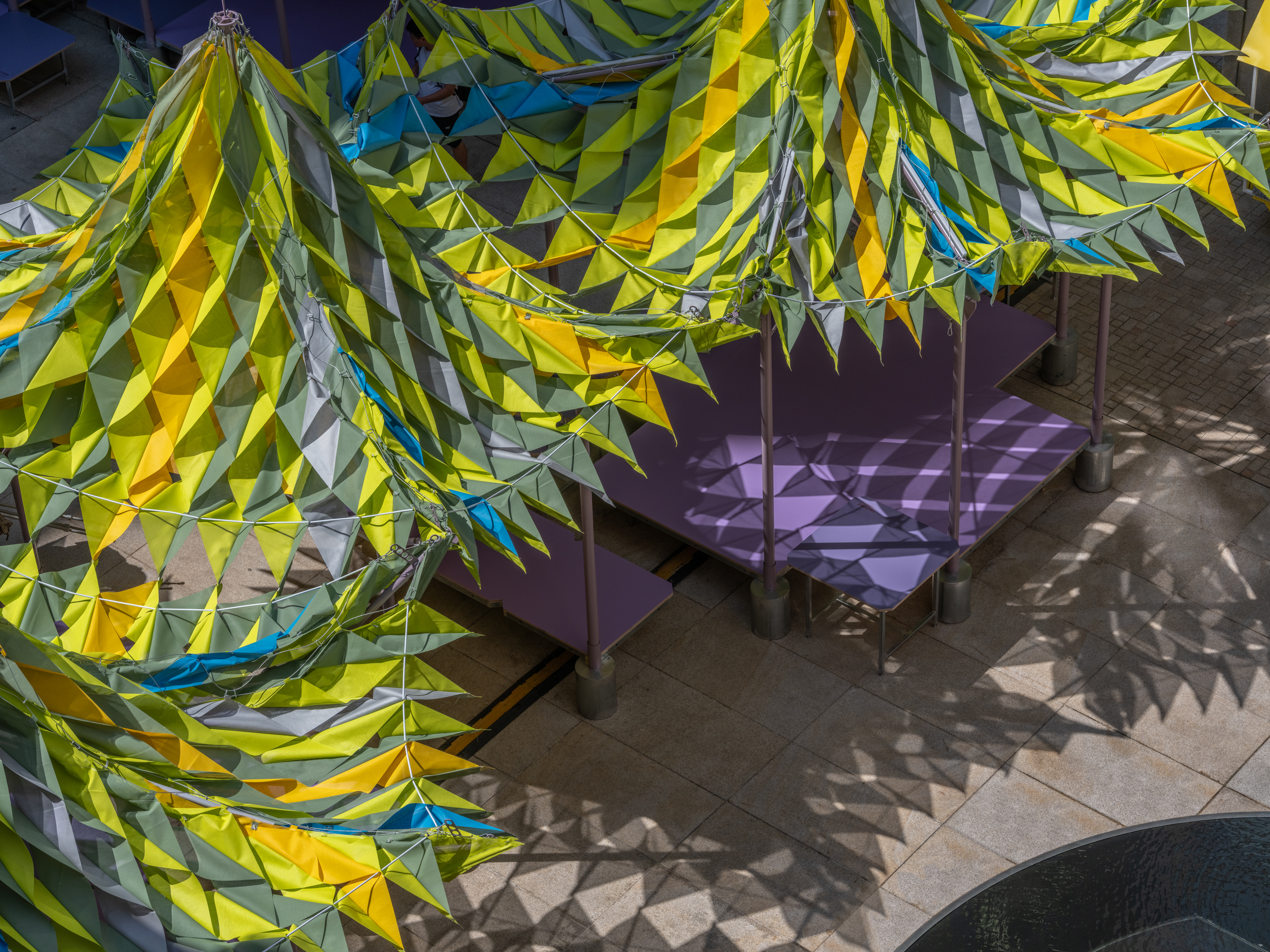 Shanghai’s biennial, RAMa 2025, takes architectural exploration outside
Shanghai’s biennial, RAMa 2025, takes architectural exploration outsideRAMa 2025, the architecture biennial at Rockbund Art Museum in Shanghai, launches, taking visitors on a journey through a historic city neighbourhood – and what it needs
-
 Atelier About Architecture’s ‘house within a house, and garden within a garden’
Atelier About Architecture’s ‘house within a house, and garden within a garden’House J in Beijing, by Atelier About Architecture, is an intricate remodelling complete with a hidden indoor garden and surprising sight lines
-
 A nature-inspired Chinese art centre cuts a crisp figure in a Guiyang park
A nature-inspired Chinese art centre cuts a crisp figure in a Guiyang parkA new Chinese art centre by Atelier Xi in the country's Guizhou Province is designed to bring together nature, art and community